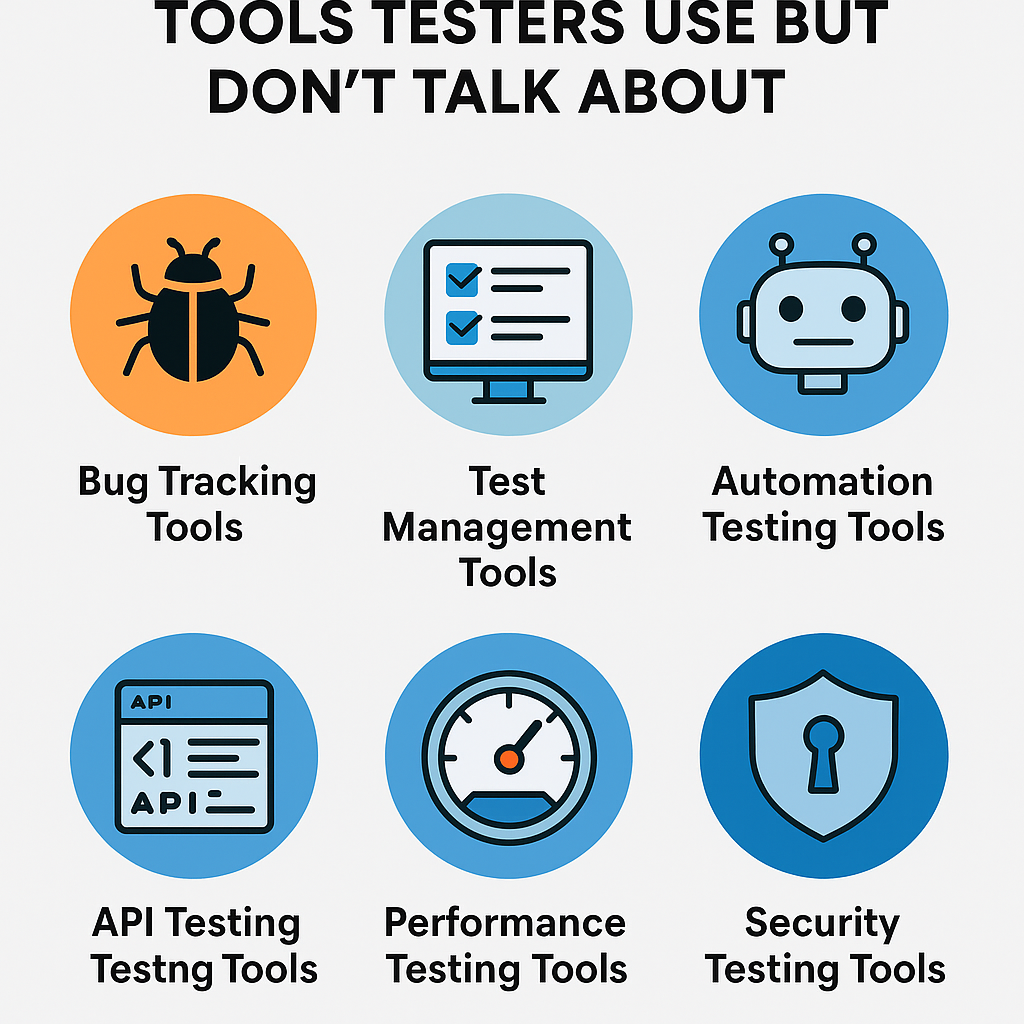Software testing is a critical component of the software development lifecycle. It ensures that software applications function correctly and meet user expectations before they are released into the real world. This guide will introduce you to the fundamental concepts of software testing, making it an essential read for those new to this field.
What is Software Testing?
Software testing is the process of evaluating and verifying that a software application or program does what it is supposed to do. The main goal of software testing is to identify errors, gaps, or missing requirements in contrast to the actual requirements. It can be either manual or automated.
Importance of Software Testing
- Quality Assurance: Ensures that the product is free from defects.
- User Satisfaction: The ultimate goal is to ensure user satisfaction with a quality product.
- Cost Effective: Identifying bugs early in the development process reduces the cost of fixing them later.
- Improves Product Reliability: Regular testing improves the stability and reliability of the product.
Types of Software Testing
- Functional Testing: Tests the functionalities of the application against the requirement.
- Non-Functional Testing: Focuses on the aspects of the application not related to a specific function, such as performance and security.
- Regression Testing: Ensures new changes or enhancements do not disrupt the existing functionality.
- Usability Testing: Evaluates the user-friendliness of the application.
- Integration Testing: Checks the data flow from one module to another.
Basic Testing Methodologies
- Waterfall Model: Sequential design process, often used in software development, where progress flows downward like a waterfall.
- Agile Testing: Testing practice that follows the principles of agile software development. It emphasizes testing from the customer perspective.
- V-Model: An enhanced version of the waterfall model where processes occur in a sequential manner in a V-shape.
Role of a Software Tester
A software tester’s primary role is to check software for errors, bugs, and any other issues that could affect the user’s experience or the application’s performance. They work closely with developers to understand the requirements and ensure that the application meets those requirements perfectly.
Conclusion
Understanding the basics of software testing is crucial for anyone interested in the IT field, whether planning to become a software tester or just to understand the development cycle. By ensuring that applications perform as expected, software testing not only improves the quality but also the reliability and user satisfaction of the product.
Various training programs
Software Testing Basics, Beginner’s Guide to Software Testing, Software Testing for Beginners, What is Software Testing, Software Testing Principles












